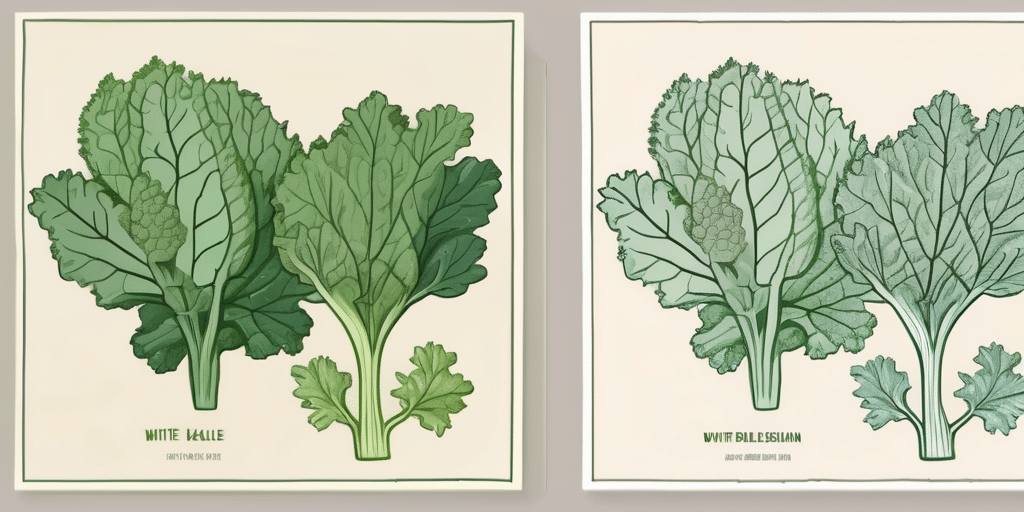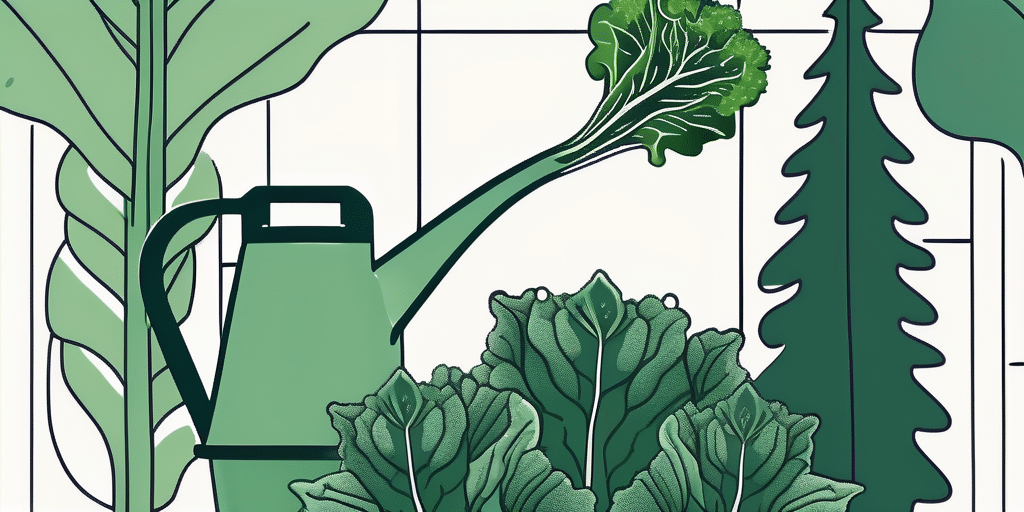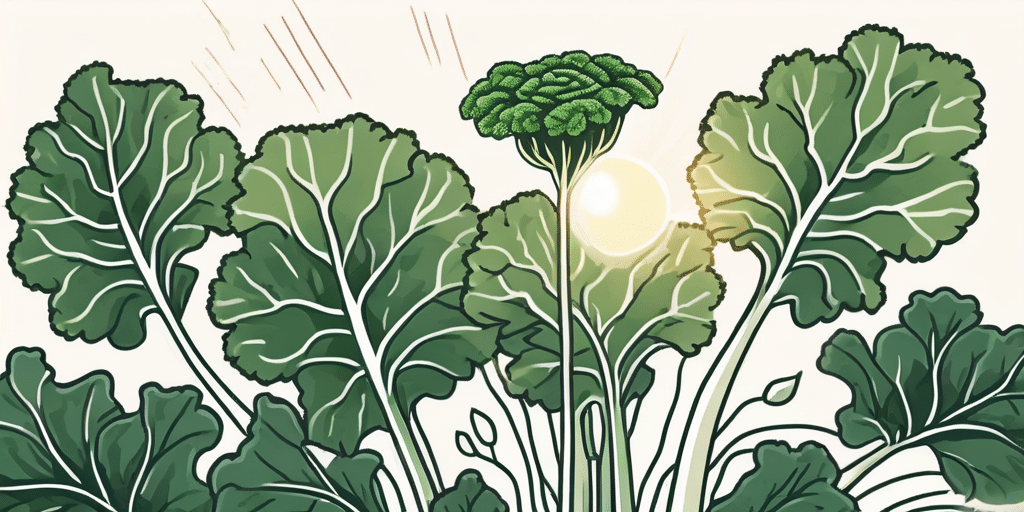Kale is a superfood that has gained popularity over the years due to its numerous health benefits. Among the many varieties of kale, Siberian kale stands out for its hardiness and sweet flavor, especially after a frost. But did you know that you can grow Siberian kale indoors, right in your own home? In this guide, we’ll walk you through the process, step by step.
Understanding Siberian Kale
Siberian kale, also known as Brassica napus, is a leafy green vegetable that is part of the cabbage family. It is known for its large, frilly leaves that are a beautiful shade of blue-green. Siberian kale is a cold-hardy variety, which means it can withstand lower temperatures than most other types of kale. This makes it an excellent choice for indoor gardening, especially in cooler climates.
According to the United States Department of Agriculture (USDA), Siberian kale is packed with nutrients. It is a rich source of vitamins A, C, and K, as well as minerals like calcium and iron. It also contains antioxidants that can help protect your body against diseases.
The Benefits of Growing Siberian Kale Indoors
There are many advantages to growing Siberian kale indoors. For one, it allows you to have fresh, organic kale at your fingertips all year round. This can save you money on grocery bills and ensure that you always have a healthy, nutrient-dense food source available.
Indoor gardening also eliminates the need for chemical pesticides, which are often used in commercial farming. This means that your kale will be free from harmful residues. Additionally, growing plants indoors can improve air quality by removing toxins and producing oxygen.
How to Grow Siberian Kale Indoors: A Step-by-Step Guide
Now that we’ve covered the basics, let’s dive into the process of growing Siberian kale indoors. Here’s a step-by-step guide:
- Choose the Right Container: Siberian kale has a deep root system, so you’ll need a container that is at least 12 inches deep. The width of the container will depend on how many plants you want to grow. As a general rule, plan for about 12 inches of space per plant.
- Prepare the Soil: Siberian kale prefers well-draining soil with a pH between 6.0 and 7.0. You can buy a soil mix designed for vegetables, or make your own by combining equal parts of garden soil, compost, and perlite or sand.
- Plant the Seeds: Sow the seeds about 1/2 inch deep and 12 inches apart. Cover the seeds with soil and water thoroughly.
- Provide Light: Place the container in a location that receives at least 6 hours of sunlight per day. If natural light is insufficient, you can use grow lights.
- Water Regularly: Keep the soil consistently moist, but not waterlogged. A good rule of thumb is to water when the top inch of soil feels dry to the touch.
- Fertilize: Siberian kale is a heavy feeder, so it will benefit from regular fertilization. Use an organic fertilizer designed for leafy greens, and follow the package instructions for application rates.
- Harvest: You can start harvesting when the leaves are about the size of your hand. Simply cut the outer leaves, and the plant will continue to produce new growth from the center.
Common Problems and Solutions
Like any plant, Siberian kale can encounter a few problems. Here are some common issues and how to address them:
Pests
Common pests that can affect Siberian kale include aphids, cabbage worms, and slugs. If you notice small, discolored spots on the leaves or a sticky residue, you may have an aphid infestation. Cabbage worms, on the other hand, will eat holes in the leaves. Slugs can also cause damage, especially to young plants.
To control these pests, you can use organic insecticides or introduce beneficial insects, like ladybugs and lacewings, which are natural predators of aphids and cabbage worms. For slugs, you can set up beer traps or use a natural slug bait.
Diseases
Siberian kale can be affected by several diseases, including black rot, clubroot, and downy mildew. To prevent these diseases, ensure good air circulation around your plants, avoid overwatering, and rotate your crops if possible. If a plant does become infected, it’s best to remove and dispose of it to prevent the disease from spreading.
Conclusion
Growing Siberian kale indoors is a rewarding endeavor that can provide you with a steady supply of fresh, nutritious greens. With the right care, you can enjoy the fruits of your labor in just a few short months. So why not give it a try? You might just find that indoor gardening is a hobby that’s as enjoyable as it is beneficial.
Join Our Green-Thumbed Community!
Ready to turn your indoor space into a lush Siberian kale oasis? Subscribe for free to How to Grow Everything and get exclusive access to expert tips that will help you build the garden of your dreams. From personalized advice tailored to your grow zone and experience level to special offers that are 100% free, we’re here to support your gardening journey. Join our family of passionate gardeners and let’s grow together!






